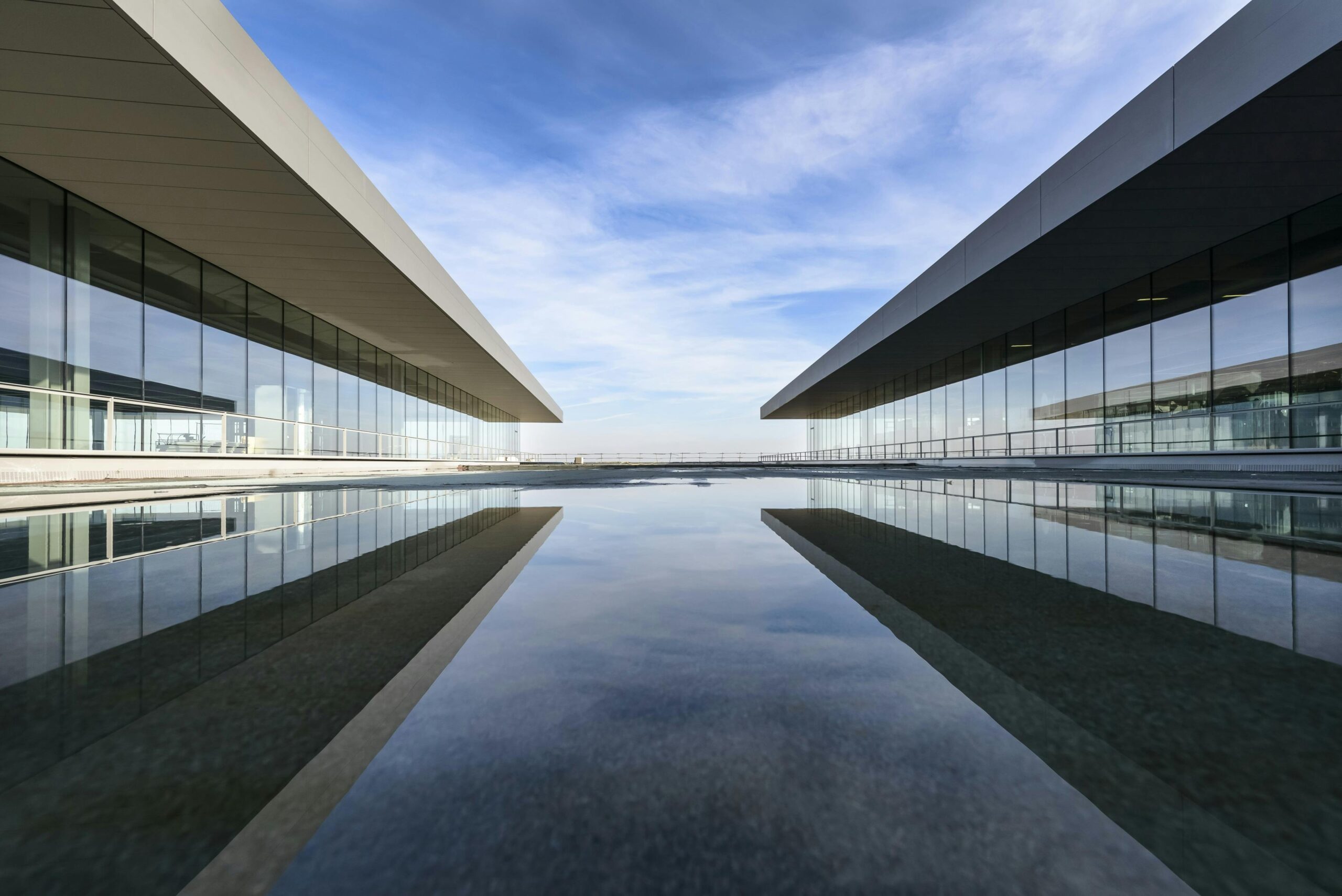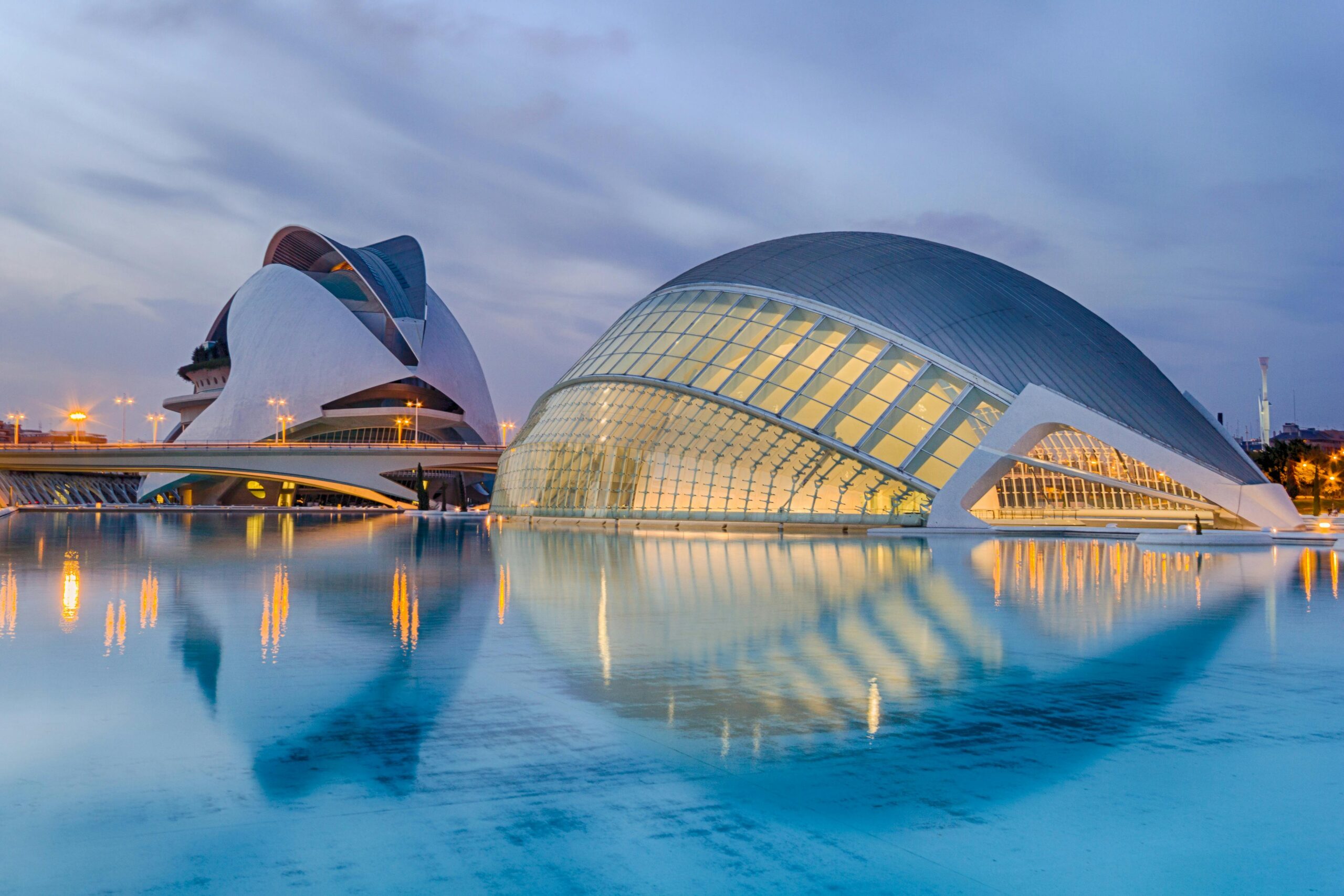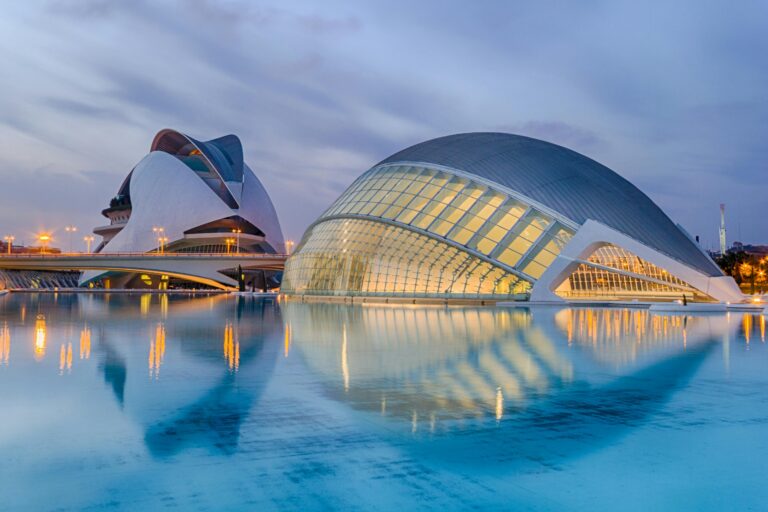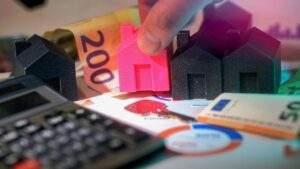
In the ever-evolving landscape of the United States real estate market, the design and architecture of homes are profoundly shaped by cultural trends. These shifts, driven by societal values, technology, and lifestyle preferences, influence both first-time homebuyers and seasoned investors. Understanding these trends is key to appreciating how they impact home design, functionality, and market value.
The Rise of Open-Concept Living
One of the most notable cultural trends influencing real estate design in recent decades is the preference for open-concept living spaces. Traditional floor plans with distinct rooms for dining, cooking, and lounging have given way to expansive, multi-functional spaces that encourage social interaction.
This trend stems from a cultural shift toward prioritizing connection and community. Millennials, who make up a significant portion of first-time homebuyers, often seek homes with open layouts where they can entertain guests while cooking or supervising children. Investors, too, have caught onto this preference, understanding that open-concept homes tend to attract a broader pool of buyers and renters.
Moreover, the rise of remote work has further fueled this trend. Homebuyers now prioritize adaptable spaces that can serve as both a professional workspace and a family gathering area. For developers and renovators, this means incorporating flexible designs that cater to these needs.
Sustainability and Green Building Practices
Another cultural shift reshaping real estate is the increasing emphasis on sustainability. With growing awareness of climate change and environmental responsibility, both buyers and developers are seeking homes that minimize ecological footprints.
Energy-efficient windows, solar panels, and sustainable building materials have become standard features in modern architecture. LEED-certified homes and developments are particularly appealing to environmentally conscious buyers. First-time homebuyers, often from younger generations, are particularly drawn to homes with energy savings and eco-friendly features that align with their values.
For investors, sustainable properties present a dual advantage: they cater to a growing market segment and often come with incentives such as tax credits or lower energy costs, which enhance long-term profitability.
The Influence of Multi-Generational Living
The American family dynamic is evolving, and this is reflected in real estate design. Multi-generational living—where multiple generations of a family share a home—is becoming more common. This trend is especially prevalent among immigrant communities and families with aging parents.
In response, architects and developers are designing homes with dual master suites, separate entrances, or in-law suites. These designs offer privacy and independence while fostering close family connections. This shift benefits not only families but also investors, as properties with multi-generational layouts have broad appeal and are likely to command higher rental or resale values.
The Return of Outdoor Living Spaces
The COVID-19 pandemic significantly altered the way Americans view their homes, placing a renewed emphasis on outdoor living spaces. Patios, decks, and backyards have transformed into essential extensions of indoor living, providing spaces for relaxation, entertaining, and even remote work.
Buyers now prioritize properties with well-designed outdoor areas that offer comfort and functionality. Features such as outdoor kitchens, fire pits, and even small vegetable gardens have become popular. For investors, adding or upgrading outdoor amenities can significantly boost a property’s value and desirability.
Smart Home Technology and Connectivity
Technology has become an integral part of daily life, and this is reflected in home design. Smart home features, such as voice-activated assistants, automated lighting, and security systems, are increasingly in demand.
For first-time homebuyers, these features offer convenience, efficiency, and an added layer of security. Long-time investors recognize that incorporating smart technology can set their properties apart in a competitive market. Properties equipped with the latest tech often sell or rent faster and at higher price points.
Additionally, high-speed internet connectivity has become a non-negotiable feature, especially in suburban or rural areas. With remote work and online education now permanent fixtures of American life, homes without reliable internet access are at a significant disadvantage.
The Push for Urban Walkability
Cultural trends have also reignited interest in urban living, with a particular focus on walkability. Buyers and renters, especially younger demographics, prioritize homes located near amenities such as shops, restaurants, parks, and public transportation.
This trend has spurred the rise of mixed-use developments, where residential, commercial, and recreational spaces coexist in close proximity. For first-time buyers, these areas offer the convenience and lifestyle they desire. For investors, properties in walkable neighborhoods often appreciate more quickly and generate higher rental income.
Regional Influences on Design
While nationwide cultural trends play a significant role, regional preferences also heavily influence real estate design and architecture. For instance, in the Southwest, adobe-style homes with earthy tones and courtyards are popular, reflecting the region’s desert climate and Hispanic heritage. In contrast, the Southeast often features plantation-style homes with large porches and classic columns.
Understanding these regional nuances is crucial for investors looking to appeal to local markets. Buyers, too, are increasingly drawn to homes that reflect the unique culture and history of their location, adding a sense of authenticity and connection to their purchase.
Wellness-Oriented Design
Wellness has become a top priority for Americans, influencing how homes are designed and lived in. Features such as home gyms, yoga studios, and spa-like bathrooms are now common in new builds and renovations. Even smaller design elements, like enhanced air filtration systems and natural lighting, contribute to creating healthier living spaces.
For first-time buyers, wellness features can be a major selling point, especially as awareness of mental and physical health continues to grow. Long-term investors also benefit, as properties with wellness-oriented designs are likely to attract high-quality tenants or buyers willing to pay a premium.
The Rise of Tiny Homes and Minimalist Living
Cultural shifts toward minimalism and financial prudence have popularized the tiny home movement. While not for everyone, tiny homes appeal to a niche market of buyers looking for affordable, low-maintenance living solutions.
First-time buyers, particularly those in high-cost urban areas, may find tiny homes an attractive entry point into homeownership. For investors, tiny homes can be an opportunity to explore unique rental markets, including vacation properties or alternative housing solutions for urban areas.
Cultural Aesthetics and Interior Trends
Interior design trends are also heavily influenced by culture. The minimalist Scandinavian aesthetic, with its clean lines and neutral colors, has gained popularity in recent years. Meanwhile, a renewed interest in maximalism, featuring bold patterns and vibrant colors, is making a comeback, reflecting a desire for individuality and self-expression.
Buyers often look for homes that balance timeless design with opportunities for personalization. For investors, keeping up with interior design trends can help stage properties effectively and attract higher offers or rental applications.
Adapting to Climate and Natural Disasters
As climate change leads to more extreme weather events, home design is increasingly adapting to these challenges. In hurricane-prone areas, homes are built with impact-resistant windows and reinforced roofing. In wildfire-prone regions, fire-resistant materials and defensible space landscaping are becoming standard.
For buyers, these features provide peace of mind and long-term cost savings. For investors, they offer a way to future-proof properties and maintain their market appeal.
The Influence of Diversity and Globalization
The United States is a melting pot of cultures, and this diversity is reflected in home design. Global architectural influences, from Japanese-inspired Zen gardens to Mediterranean-style villas, are increasingly integrated into American homes.
For first-time buyers, these elements often represent a connection to their heritage or a desire for unique, personalized spaces. Investors, meanwhile, can use these cultural elements to differentiate their properties and appeal to specific buyer demographics.

Cultural trends in real estate design and architecture are more than just fads—they are reflections of changing values, lifestyles, and priorities. Whether you’re a first-time homebuyer searching for your dream home or a long-time investor looking to maximize returns, staying attuned to these shifts can help you make informed decisions.
From sustainable building practices and smart home technology to multi-generational living and wellness-oriented design, these trends highlight the dynamic interplay between culture and real estate. By embracing these changes, buyers and investors can not only meet market demands but also create spaces that truly resonate with the way people live today.





